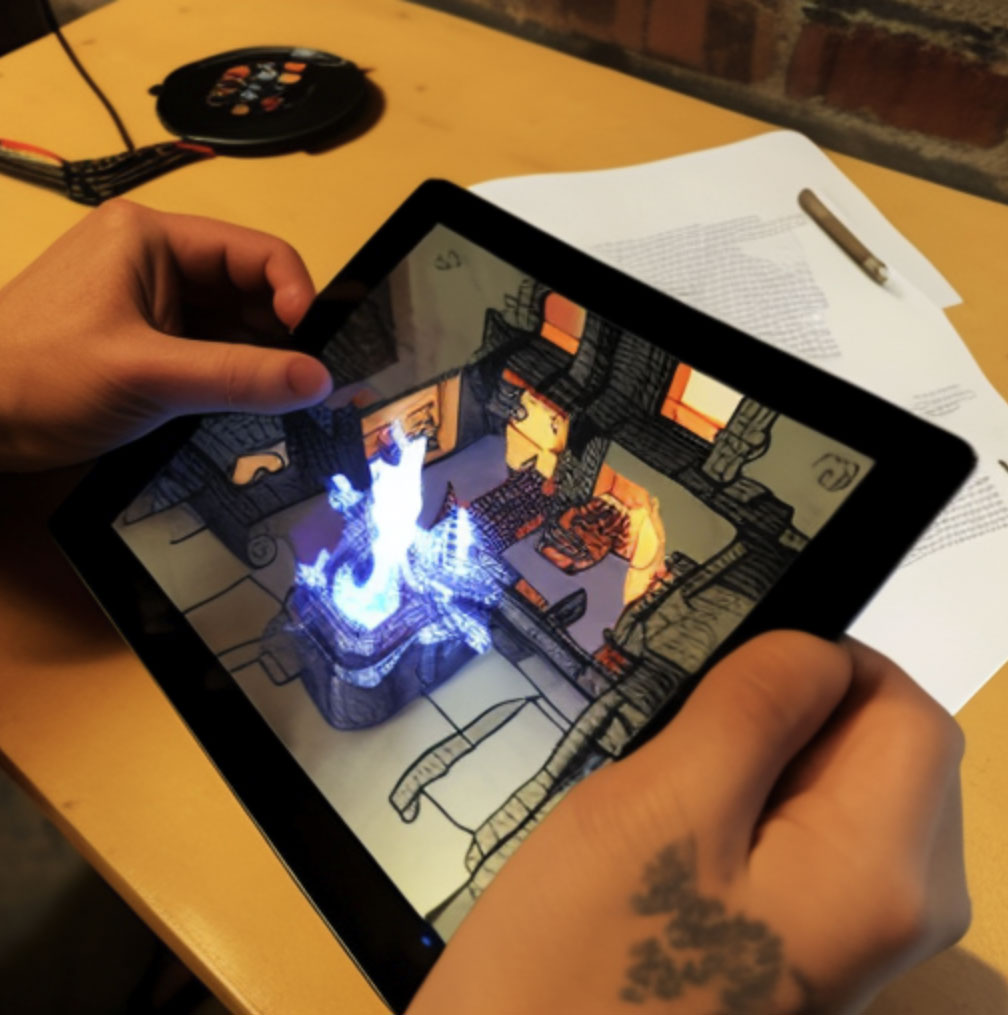Augmented reality (AR) and virtual reality (VR) are two technologies that have gained a lot of attention in recent years. Both technologies have the potential to revolutionize the way we interact with digital information and have a wide range of potential applications in fields such as entertainment, education, and industry. However, despite their similarities, AR and VR are quite different technologies that have their own unique set of features and capabilities.
Interaction way
One of the main differences between AR and VR is how they interact with the real world. AR is a technology that superimposes digital information, such as images, videos, or 3D models, on the user’s view of the real world. This allows users to see and interact with digital content in the context of their physical environment. In contrast, VR is a technology that immerses users in a fully digital environment. Users wear a headset that blocks out the real world and replaces it with a virtual one. This allows users to experience a completely different world, separate from the real one.
3D registrations
Tracking and geometric 3D registration are also key differences between AR and VR. AR relies on computer vision and sensor technology to track the user’s position and orientation in the real world and to overlay digital content in the real world in the correct position. This allows AR to provide a more realistic and natural experience, as the digital content is correctly aligned with the real world. Conversely, VR uses a combination of sensors and algorithms to track the user’s head and hand movements and update the virtual environment accordingly. This allows VR to provide a more immersive and interactive experience, as the virtual environment reacts to the user’s movements.
Another important difference between AR and VR is implicit and explicit navigation. AR allows users to navigate the real world and interact with digital content naturally, such as by simply looking at an object or walking around it. This can make AR more intuitive and user-friendly, as users don’t need to learn how to use a controller or other input device to interact with the digital content. VR, on the other hand, typically requires users to use a controller or other input device to move around and interact with the virtual environment. This can make VR more complex and less accessible to some users.
Indoor or outdoor
Indoor or outdoor use is also a key difference between AR and VR. AR can be used both indoors and outdoors, while VR is usually limited to indoor use. This is because AR relies on the real-world environment to provide context and visual cues for the digital content, while VR creates a completely artificial environment.
The influence of real and virtual illumination is another key difference between AR and VR. AR can use real-world illumination and shadows to enhance the realism of the digital content, while VR relies on pre-rendered lighting and shading to create a believable virtual environment. This can make AR more realistic and natural, while VR can create more stylized and fantastical environments.
Virtual models scalability
Finally, the scalability of the virtual models is another key difference between AR and VR. AR can display relatively small and simple virtual models, while VR can display much larger and more complex virtual environments. This can make AR more suitable for applications such as product visualization and design, while VR can be used for more immersive experiences such as gaming and simulation.
AR and VR are two different technologies that have their own set of advantages and disadvantages. AR is a technology that superimposes digital content in the real world, while VR immerses users in a fully digital environment. Both technologies have a wide range of potential applications, but they are suited to different types of tasks and environments. AR is better suited for applications that require users to interact with digital content in the context of the real world, such as product visualization.




